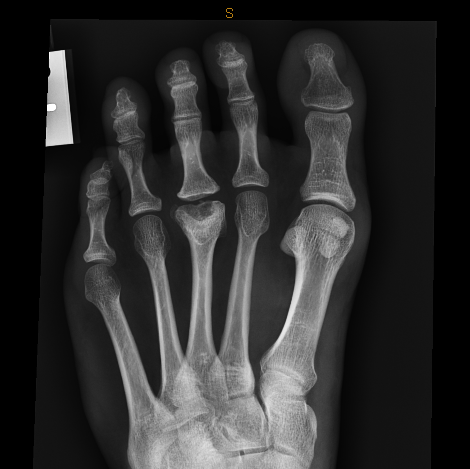Freiberg’s disease (aka Freiberg’s infraction) is a painful condition that affects the metatarsal heads of the forefoot. It is thought to occur after there is a period of disruption in the normal bony growth processes. This results in degeneration of the bone as well as the cartilage of the metatarsal.
Freiberg’s most prevalently occurs at the 2nd Metatarsal head and is seen more frequently in females than males. The common ages range from the adolescent right up to the 2nd decade of life! Our patients arrive in clinic describing pain in the forefoot, especially during gait and when wearing high heels.
There has been a wide array of suggested causes and risk factors in the development of Freiberg’s; genetics, long second metatarsal bone, medical conditions that result in chronic vascular compromise (resulting in disturbance/interruption blood circulation to the digit), trauma, altered biomechanics or dysfunctional foot kinematics that increase loading across the forefoot. It is the podiatrists job to unpack the jigsaw of history and assessment data to ascertain both the potential cause and risk factors, to make way for a structured and effective management plan.
Management can range from a combination of intrinsic foot muscle exercises, supportive footwear, or orthotic therapy to enhance foot function and reduce hyperloading foot patterning. Surgical input may be required if conservative managements is unresponsive.
Article by Resonance Lead Podiatrist Parisa Forouzandeh
References:
Talusan & Diaz-Collado (2014)
Lin & Liu (2013)
Shane et al (2013)
Kiener et. al (2016)


